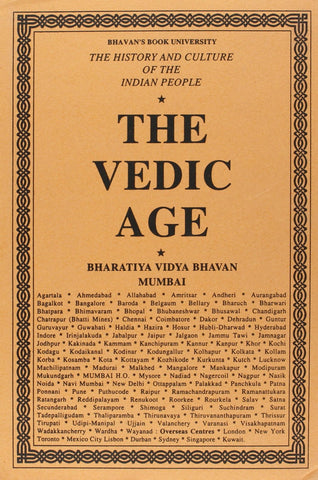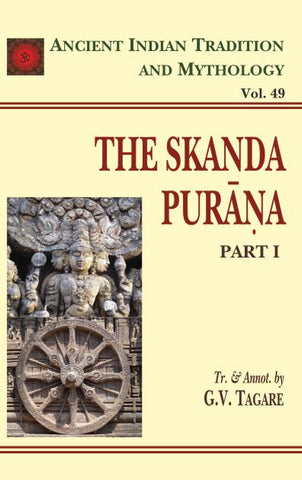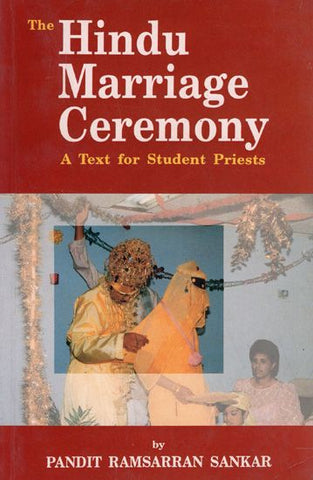Your cart is empty now.
The silk Route runs from China to Rome and to India around the vas expenses of deserts. The monastic establishments built in the kingdoms situated along the route became centres for studying Sanskrit and translating Sanskrit texts into Chinese from 2nd to 7th century. Sanskrit became the language of refinement and thought, of spirituality and philosophy, of poetry and prose in these kingdoms where people of different ethnicities used their vernaculars as media of conversation and administration, wrote in Indic scripts and Sanskrit was the idiom of higher domains of intellection for them.
Sanskrit documents of ageless wisdom were ruined with destruction of monasteries and buried under sand. Thousands of fragments of texts on sacred and secular sciences, big and small have been discovered by explored and preserved in various collections. The research papers contained in the present volume by scholars from Germany, Japan, China and India focus to define the Sanskrit culture of various ethnic and linguistic communities inhabiting Central Asia in the first millennium. The academicians have sought to reconstruct the forgotten past when Sanskrit sutras inspired the quest for transcendence which still remains soft power for cultural development in East Asia.
Prof. Dr. Shashilabala, an alumni of Himachal Pradesh University, specializes in Buddhist iconography and cross cultural connection among Asian countries. As a Research Culture, New Delhi, founded by Prof. Raghu Vira she has authored nine books published by different publishers in India. 60 research papers presented International conferences and seminars, have been published by organizations in India and abroad. She taught 'History of Japanese Art' for fifteen years at the National Museum Institute, a deemed University, New Delhi. As a researchers and explorer she has travelled to China, Japan, Indonesia, Thailand, Malaysia, Singapore. Hong Kong, Nepal, Bhutan, Uk, Germany, France Belgium, Bulgaria and Russia times.
Her exhibitions, illustrated lectures and radio broadcastings are highly acclaimed. As a Consultant at Indira Gandhi National Central for the Arts she organized international conferences combined with exhibitions on Kumarajiva and Atisa. International seminars on Sanskrit on the Silk Route and Sanskrit on the Silk Route and Sanskrit in Southeast Asia were coordinated by her for Bharatiya Vidya Bhavan. Her well researched exhibitions on Sanskrit as Shared Heritage of Asia, Atisa, Kumarajiva, Sanskrit and Indian Culture: Voyages and India-Japan: Echoes of Cultural friendship are travelling in India and abroad. Catalogues of exhibitions and proceedings of all the seminars and conferences add up to her research credentials. Recently University and lectures in the US.
India and the kingdoms of Central Asia shared cultural efflorescence for centuries in the first millennium. Silk and jade, horses and valuable commodities changed hands, but the most influential treasure that traveled along the route was Sanskrit text. People with multilingual Silks translated sutras into the languages of Central and East Asia. Cultures of the east and the west blended to create an intellectual aura of high order which exists till date in China, Korea and Japan. Their arts of painting, sculpture and architecture, drama, dance and music, languages and literatures, scripts and calligraphy, rituals and ceremonies, chemistry and metallurgy, are reflections of the essence of the missions of life legacy of around 250 Indian masters and Chinese pilgrim-monk-scholars who disseminated the wisdom from the 2nd to the 13th century to the ancient cities of Central Asia.
Cultural efflorescence in the kingdoms of Central Asia reverberated in an interweave of arts and thought, legend and history, spiritual and ritual connotations, and social an political systems. Indian drama went via Central Asia. The oldest Sanskrit manuscript (Kushana period, i.e. second century AD), from Qizil in the Turfan area is Sariputraprakarana by Asvaghosa. Biography of Kalidasa and fragments of his drama Abhijnana-Sakuntalam are valuable documents for studying the impact o Indian drama on the Chinese.
Sanskrit texts were translated into the languages of the people of various countries by the monk scholars working at the monastic establishments in the cities situated along the Silk Route, crossing vast expanses of deserts. They were halting places for pilgrims, monk and merchants, and later became famous centres of dissemination of wisdom texts written in Sanskrit in the first millennium. A Sanskrit-Khotanese book of conversation was discovered from Central Asia that documents Sanskrit as lingua franca of Asia. With destruction of monasteries innumerable Sanskrit manuscripts were ruined. Their fragments have been discovered, preserved and researched by scholars.
These texts are valuable documents to trace the lost legacy of Indian masters and the impact of Buddhism on Central and East Asia. The scripts used in Central and East Asia in the classical times are historically important to trace the development of Indian scripts. A large number of Sanskrit texts lost may be recovered from inestimable number of manuscripts which are still being discovered.
The discovered Sanskrit manuscripts illustrate the voyages of Buddhist philosophical ideals like sunyata, paramita and impermanence and their impact on the East Asian Buddhist art and philosophy of higher aspirations of life like Zen and Ahimsa. Buddhist sutras were recited and engraved on walls for state protection and consolidation. Buddhist ritual and ceremonies were performed for sanctification of the state and divine Empowerment of rulers.
I am grateful to Bharatiya Vidya Bhavan for offering me a chance for convening an International Seminar of "Sanskrit on the Silk Route" in which research papers were resented by scholars from Japan China, Germany and India-Prof. Monika Zin from Berlin, Prof. Seishi Karashima from Tokyo, Prof. Duam Qing and Prof. Saerji from Beijing and Prof. Lokesh Chandra.
I thank Prof. Schlingoff and Prof. Monika Zin for grating permission to include their papers in the present volume. I feel it to be my duty to pay gratitude to Prof. Lokesh Chandra for academic and permission to use photos of documents from Raghu Vira Archives.
I am thankful to all scholars who presented their research papers at the seminar.
Central Asian earth carries deep cultural wounds and brings back memories of a glorious millennium when her "thirty six" kingdoms were carriers of culture, strategic horses, imperial jade, and Sanskrit sutras to lay the glorious foundations of art and architecture, literature and aesthetics, thought and piety of the great lands of China, Korea and Japan. The mysterious wastes of the sands are the cosmic silence of the profound and infinite of Buddhism and Saivism. Today academies burn midnight oil to discover these lost constellations in reflections on manuscript fragments, legal documents, shattered icons and vandalized murals both by humans and time. In this volume, scholars from China, Germany, India and Japan seek to reconstruct the hazy contours of times gone for they are the foundations our todays. These remnants of significant material and spiritual culture, the creativity of known and unknown personalities, are outstanding human achievements that once inspired the quest for transcendence. They still remain a substantive contribution to the up building of the "soft power" or inner restructuring of development in East Asian lands.
This work is an efforts to define the Sanskrit culture of the several ethnic and linguistic communities inhabiting Central Asia. Prof. Shashibaa provides an overview of the topic by detailing the discovery of the most ancient Sanskrit manuscripts from khotan and Kuchm major European and Asian expeditions, important sites, literature and visual arts, philosophy and performing arts. I have contributed a paper on the beginning of India's contacts during the reign of Emperor Asoka, Central Asian peoples in Sanskrit texts, as well as translations by them into Chinese which became the ground of East Asia's grand literary heritage.
Prof. Seishi Karashima narrates the discovery of Sanskrit manuscripts from Central Asia from 1889 onwards. Today, there are 25,000 Sanskrit fragments spread over the world. His annotations are a valuable source for research. He illustrates the utilization of data bases of Sanskrit, Pali Chinese and Tibetan canonical and other texts to enable the identification of fragments. Prof. Karashima's illustration of digitalization, the wonder of the computer world, ensures that the texts of all the fragments will be identified. By a detailed analysis of the notion of yana in Mahayana, Prof. Karashima concludes that the Lotus sutra was transmitted to Gandhara where it adopted the notion of Mahayana from the Astasahasrika and Prajnaparamita. Both his chapters are statements of meticulous digitalization.
Prof. Saerji of the Peking University discusses the dynamics of the transmission of the Ratnaketuparivarta in Sanskrit, Chinese and Tibetan. The two Chinese translations are based on two Sanskrit versions: Prabhamitra's translation is close to the Gilgit manuscript, while Dharmaksema's rendering relates to the Xinjiang manuscript.
Prof. Shashibala studies the title, philosophical affiliation and author of the Kalpana-manditika. This text refutes the doctrines of Sankhya, Vaisesika and Jains. Hgte story of a Taxsila merchant who became rich in China is a rare reference to overland Sino-Indian trade in a Sanskrit text.
Prof. Monika Zin surveys the pictorial tradition of Kucha in the light of Sanskrit literature. Her correlation of twelve Kizil paintings with the life of Lord Buddha and avataras in Sanskrit and Pali are important for the history of narrative Buddhist art.
Prof. Dieter Schingloff provides a general background to the oldest Buddhist painting in the Kizil caves. A number of jatakas in Kizil correspond to those in Ajanta, and many features of their configuration have been taken over from the Indian grottos.
Robert Arlt discusses the sixty episodes of the of lord Buddha illustrated in Kizil Cave 110 which show affiliation to Gandhara style. They are close to the Mulasarvastivada-Vinaya in several cases as shows by the Tocharian inscriptions and iconographic contents. The life of Lord Buddha was written as drama scripts in Tocharian which indicae a connection between the murals and the local performing arts.
Dr. Zhang Zing points out in the study of the Ramayana in China that the Monkey King (Sun Wiking) of the 16th century Chinese fiction "Journey to the West" could have arisen from Hanuman. The earliest Chinese version is in the Satparamita-sangraha translated by the Sogdian monk Kang Senghue (?-280) and the second is Za-Baozang-jing translated y Kekaya and Tanyao. Xuanzang refers to the Ramayana in the Abhidharma-mahavibhada. Dr. Xing goes on to describe the spread of the Ramayana in Xinjiang, Yunnan, Tibet, Monogolia and ?Japan. Modern Chinese writers too have been busy in narrating the epic of the night during the Cultural Revolution in the 1970s. It could appear only in the freedom of 1984. The Ramayana is gaining popularity and it has been included in Chinese text books of the middle schools.
Prof. Duan Qing has two papers on legal documents of Khotan. One records the sale of a person Kharsa to a monk, and the other written in Sanskrit on cloth records the purchase of a slave girl.
This work is a glimpse of the Buddhist epiphany of the glory of the Serindic peoples who spoke multiple language but shared a unity of mind and life, in the sparkles of the Sanskritic spirit and in the pulse beats of brush-strokes in the bosom of meditation caves. All this is revealed by the insights of eminent scholars in their own words so that the silence of the sands narrates its forgotten Brhatkatha to us. May this toil become the shadow of a dream for minds that seek secrets of history. The mind is but a shaft from the unknown.
Contents
| Prelude by Ashoka Pradhan, Director, Bhavan's Delhi Kendra | v | |
| Preface - Shashibala | vi | |
| Foreword - Lokesh Chandra | viii | |
| 1 | Sanskrit on the Silk Route - Shashibala | 1 |
| 2 | Sanskrit on the Silk Route - Lokesh Chandra | 42 |
| 3 | Pledge, Collateral and Loan in Ancient Khotan - Duan Qing | 58 |
| 4 | New Research on the Buddhist Sanskrit Manuscripts from Central Asia - Seishi Karashima | 78 |
| 5 | Sanskrit Texts Discovered from the Southern Silk Road | 89 |
| 6 | Sanskrit Literature and the Indian Pictorial Tradition in the Paintings of Kucha - Monika Zin | 99 |
| 7 | Kalpana-Manditika by Kumaralata - Fragments of Sanskrit Manuscripts Discovered in Turfan - Shashibala | 112 |
| 8 | Ramayana in China: the Spread and Modern Studies - Zhang Xing | 122 |
| 9 | The Wall Paintings of the Stairs Cave (Kizil Cave 110) - New Perspectives - Robert Arlt | 131 |
| 10 | Vehicle (Yana) and Wisdom (Jnana) in the Lotus Sutra - the Origin of the Notion of Yana in Mahayana Buddhism - Seishi Karashima | 155 |
| 11 | The Identification of Kizil Paintings I - Monika Zin | 199 |
| 12 | The Identification of Kizil Paintings II - Monika Zin | 214 |
| 13 | The Identification of Kizil Paintings III - Monika Zin | 224 |
| 14 | The Identification of Kizil Paintings IV - Monika Zin | 239 |
| 15 | The Identification of Kizil Paintings V - Monika Zin | 251 |
| 16 | The Identification of Kizil Paintings VI - Monika Zin | 269 |
| 17 | Traditions of Indian Narrative Painting in Central Asia - Dieter Schingloff | 286 |
| 18 | A Sanskrit Buddhist Document on Cloth of the Earlier 7th Century - Duan Qing | 305 |
| Index | 317 |
Delivery and Shipping Policy
- INTERNATIONAL SHIPPING
- Rs.1000-1100/kg
- ESTD. Delivery Time: 2-3 weeks (depending on location)
- Bubble Wrapped with Extra Padding
- NATIONAL SHIPPING
- NCR: Rs. 30/half kg
- Standard: Rs. 80/half kg
- Express shipments also available on Request
- ESTD. Delivery Time: Ranging from 1-4 days up to 7 business days (Depending on your choice of Delivery)
- TRACKING
- All orders; national or international, will be provided with a Tracking ID to check the status of their respective orders
- Depending on the Shipping Service, Tracking ID may be used on their respective tracking portals
Frequently Asked Questions (FAQs)
Domestic Shipping: 3-4 Days (after shipping)
International Shipping: 1-2 weeks (based on your location)
You will receive an email once your order has been shipped or you can email us if you didn't receive tracking details (info@mlbd.co.in)
Every book that we sell is the latest edition except all the rare books
Yes, we do provide free shipping, only on domestic orders (within India) above Rs.1500









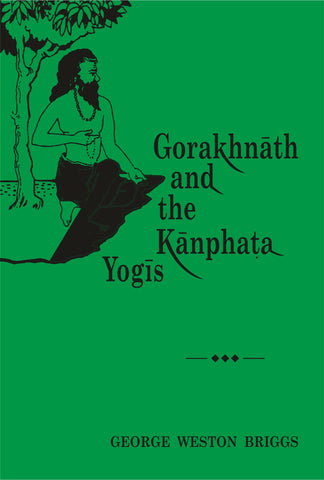
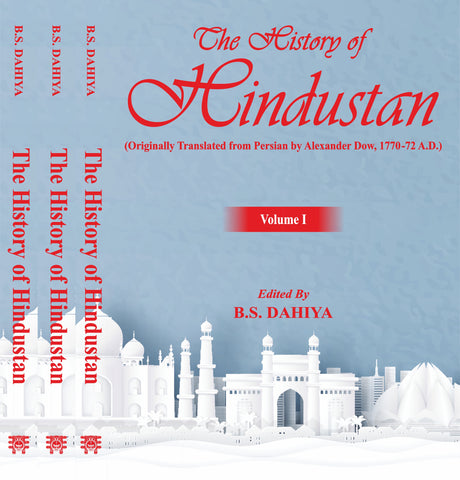
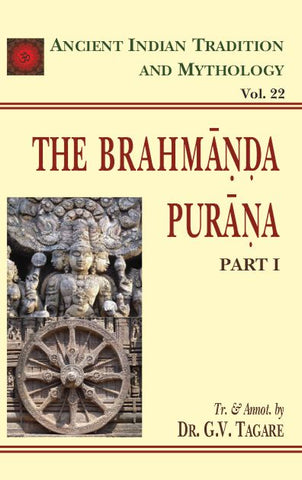
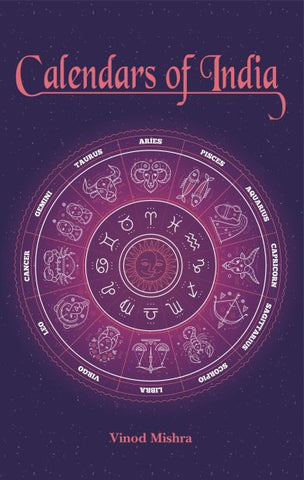
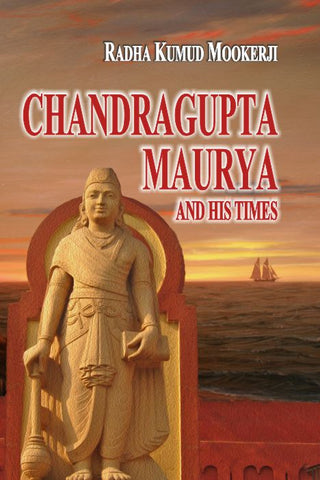
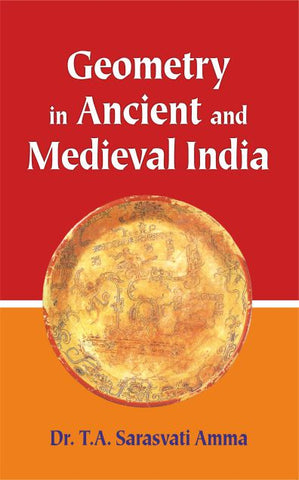
![A HISTORY OF INDIAN PHILOSOPHY [5 VOLUMES] by Surendranath Dasgupta](http://www.motilalbanarsidass.com/cdn/shop/products/HISTORYOFINDIANPHILOSOPHY_large.jpg?v=1675238163)
